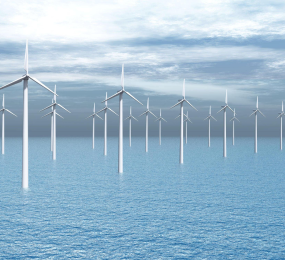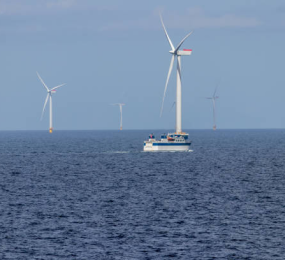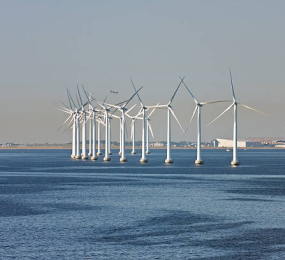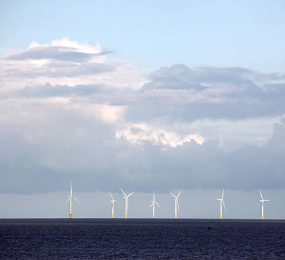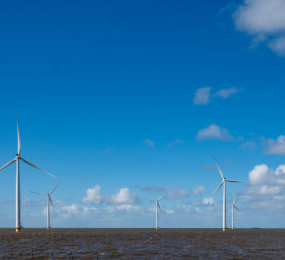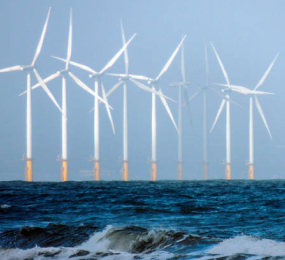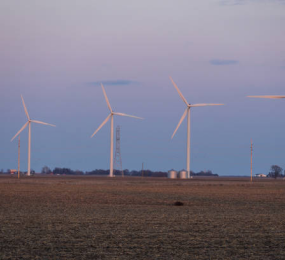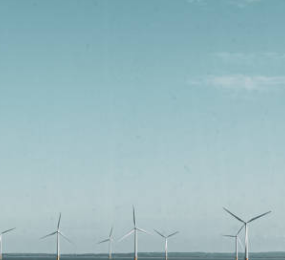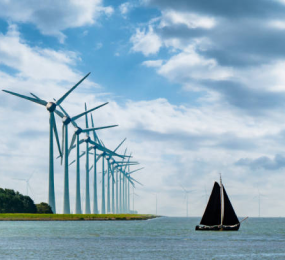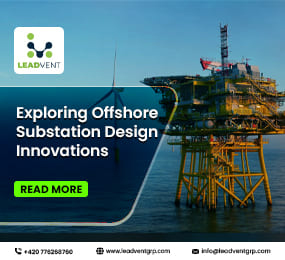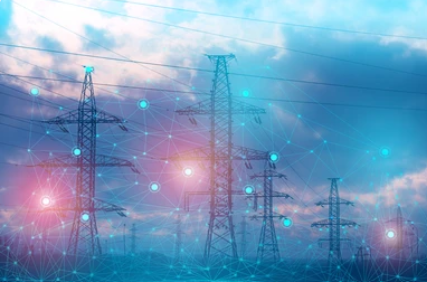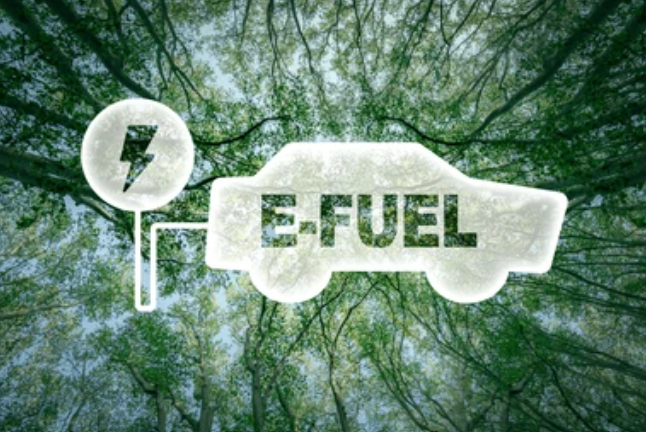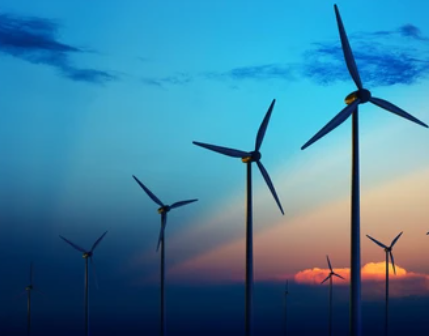Cost Considerations and Financial Viability of Floating Substations
Floating substations are crucial for transmitting electricity from offshore renewable energy installations, particularly floating wind farms, to onshore grids. Their financial viability depends on a complex interplay of cost factors and economic considerations.
Cost Components:
- Capital Expenditures (CAPEX): These include the design, engineering, fabrication, and installation of the floating platform, substation equipment (transformers, switchgear), and mooring systems. CAPEX is significantly influenced by water depth, distance from shore, and site-specific conditions.
- Operational Expenditures (OPEX): These encompass maintenance, repairs, and monitoring costs. Floating substations may have higher OPEX than fixed ones due to the challenges of accessing and maintaining equipment in dynamic marine environments.
- Decommissioning Costs: Planning for the eventual decommissioning and dismantling of the substation is essential, and these costs must be factored into the project's financial analysis.
- Grid Connection Costs: The cost of connecting the floating substation to the onshore grid, including submarine cables and onshore infrastructure upgrades, is a substantial part of the overall investment.
Financial Viability:
- Levelized Cost of Energy (LCOE): This metric is used to compare the cost of electricity generated by different sources. For floating substations, LCOE calculations must include all CAPEX and OPEX costs over the project's lifespan.
- Revenue Streams: The primary revenue source is the sale of electricity generated by the connected offshore wind farm. Power purchase agreements, electricity prices, and government subsidies influence revenue.
- Financing and Investment: Securing funding for floating substation projects can be challenging due to the high upfront costs and perceived risks associated with novel technologies. Innovative financing models and risk-sharing mechanisms may be necessary.
While floating substations involve significant investment, they enable access to abundant offshore renewable energy resources, especially in deep-water areas where fixed substations are not feasible. Ongoing technological advancements, cost reductions in component manufacturing, and streamlined installation processes are crucial to improving their financial viability and wider adoption.
Visit our website to know more: https://www.leadventgrp.com/events/2nd-annual-offshore-and-floating-substations-forum/details
For more information and group participation, contact us: [email protected]
Leadvent Group - Industry Leading Events for Business Leaders!


